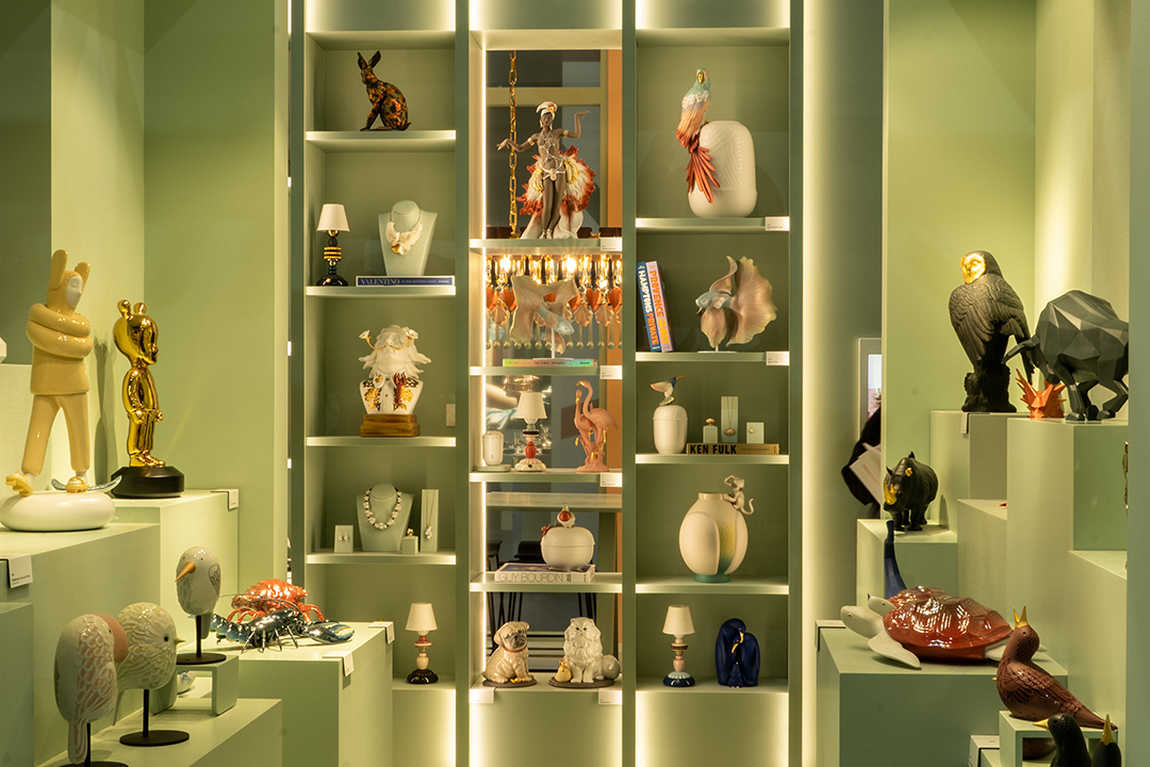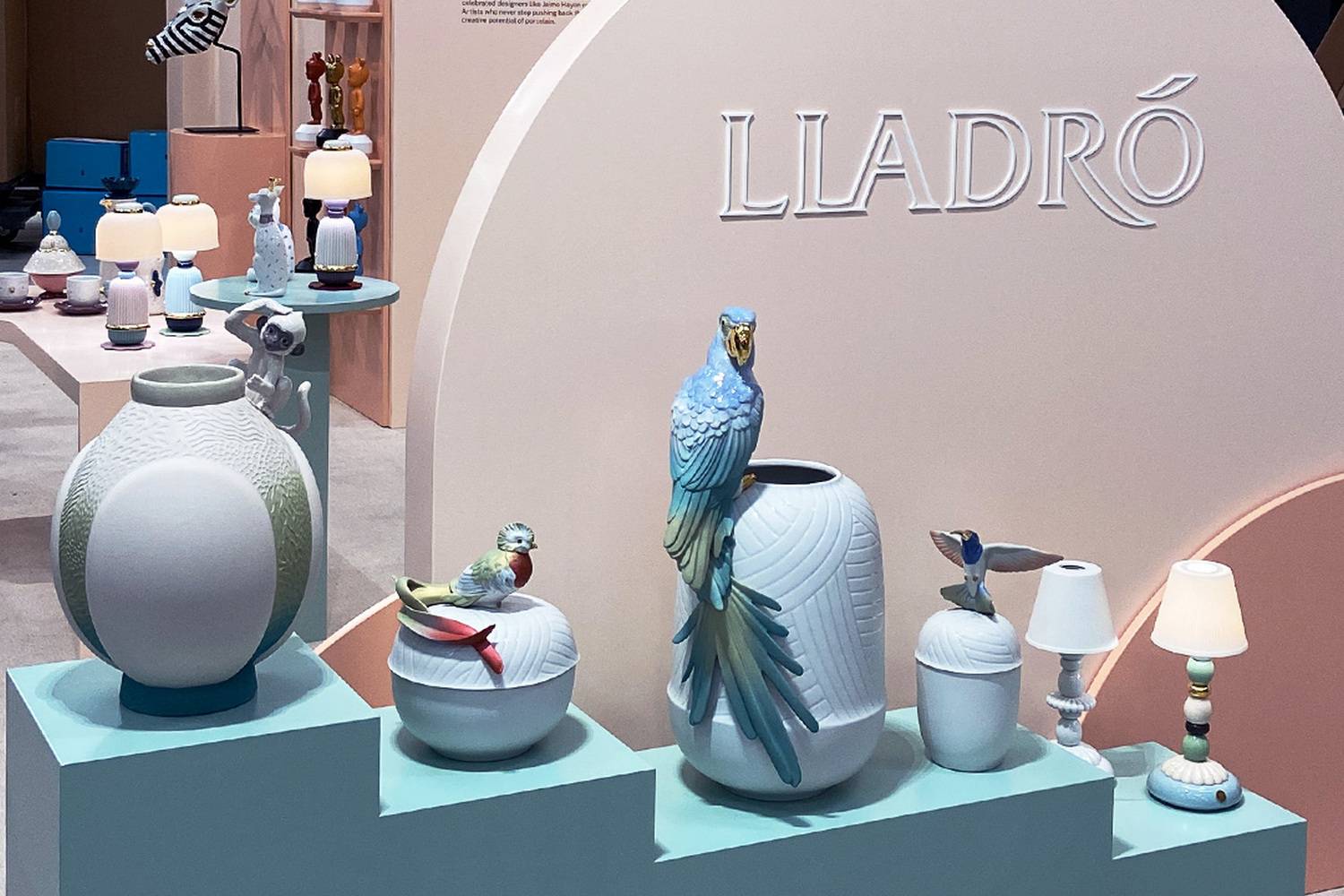At what age does a child receive the first box of plasticine as a gift? Little fingers learn to roll buns and sausages out of a pliable mass, try to sculpt, and one day the child proudly shows his parents the first sculpture: an apple or a mushroom.
The most exciting thing is that porcelain figurines from the Lladro factory in Valencia are born precisely the same way. Masterpieces made at this factory are kept in the Hermitage and added to the collections of porcelain connoisseurs. And you can visit one of the most unusual excursions in Valencia and see with your own eyes how plain clay turns into a work of art.

The Lladro porcelain factory was founded by three brothers who had previously worked in a factory that produced ceramic tiles and pottery. Their first sculptures saw the light of day in the middle of the twentieth century, but it seems as if they were made by masters of the seventeenth century — so much tenderness and refinement in them. The work of the brothers immediately got on par with Sevres porcelain. Meanwhile, the family production was developing, improving its technology, and introducing innovations, allowed to achieve the characteristic pastel tone by which collectors recognize products Lladro.
In just a decade and a half, the small workshop of the brothers turned into the City of Porcelain — a complex of factories where ceramic masterpieces are still made today. Your guide will tell you how these beautiful things are created. He will explain how sketches are developed, how a sculptor sculpts a model from clay or plasticine, and how moulds are created.

Surprisingly, what is obtained from casting is more like a designer of many unique details. They must be put together, while a complex composition can contain 300 fragments. The assembled figure is painted with special paints and enamels and then covered with glaze. At this stage, the colours seem pale, but after a long firing at a temperature of more than +1300 ° C, not just ceramics are taken out of the oven — porcelain, and the colours play on it with bright colours.
The guide's story would not have made such an impression if it were not possible to see the products of the Lladro ceramics factory. But, fortunately, you can see them — several halls are reserved for the exposition. What is most striking is how much life there is in these motionless clay figurines, whether they are the naturalistic figures of the Gres collection, the brightly coloured figurines of The Guest, which look like children's dolls, or the almost colourless sculptures from the Re-deco collection.
Guided tours are conducted in Spanish, English, Spanish, Ukrainian and Russian. The duration of the tour is about one and a half hours.











